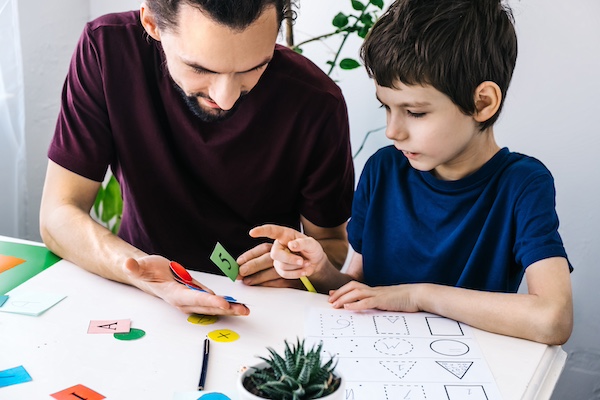Children with autism often experience sensory overload, anxiety, and emotional distress, making it crucial for parents and caregivers to have a repertoire of effective calming methods at their disposal. Applied Behavior Analysis (ABA) therapy offers valuable strategies to help children on the autism spectrum manage their emotions and find a sense of calm. In this blog post, we’ll explore some practical calming techniques that can benefit both children with autism and those who care for them, while also incorporating insights from experts.
Understanding Outbursts:
Many children with Autism Spectrum Disorder (ASD) may act out when they’re stressed, fearful, frustrated, or anxious. Due to challenges in expressing and communicating their feelings in socially acceptable ways, their distress can manifest as emotional meltdowns or outbursts. It’s essential to have a plan for managing meltdowns, teach the child how to self-soothe, and incorporate calming routines into their daily lives.
Recent Posts
- Understanding the Dangers Facing Children with Autism and How to Keep Them Safe
- Halloween Tips for Parents of Children with Autism: Making the Spooky Season Fun and Sensory-Friendly
- The Impact of Missed ABA Sessions: Strategies to Stay on Course
- The Importance of Nutrition for Children with Autism: A Path to Better Health and Well-Being
- Empowering Parents: Addressing School Bullying for Children with Autism
Sensory Toys and Comfort Items:
Sensory toys such as squeeze balls and fidget toys, along with weighted blankets, can be invaluable in helping children with autism manage their emotions. These tools provide sensory input and comfort, aiding in self-regulation. Additionally, incorporating the child’s favorite videos or activities into their routine can offer a familiar and soothing environment.
Calming Routines:
Establishing a regular calming routine is key to promoting emotional stability. This routine should be tailored to the child’s preferences and needs. When you notice signs of stress, prompt the child to practice their calming routine. Consistency is essential, and over time, the child will learn to use these techniques independently.
Acknowledge and Give Space:
When a child with autism is upset, it’s important to acknowledge their feelings without trying to reason, argue, or get angry. Give them the space and time to calm themselves down if there’s no immediate danger. This validation of their emotions can help prevent escalation.
Use Favorite Songs:
If your child has a favorite song, softly singing it to them can be a soothing technique. Familiar music can help the child connect with positive emotions and create a calming atmosphere.
Deep Breathing:
Encourage the child to practice deep breathing when they are upset. Deep breaths in and out help decrease muscle tension, lower heart rate, and promote relaxation of both the body and mind.
Create a Calming Space:
Designate a “safe space” within the child’s environment, equipped with comforting items like a cushiony seat, bean bag chair, and sensory toys. This space allows the child to retreat when they need to self-regulate.
Reduce Sensory Overload:
If the child is feeling overwhelmed by sensory stimuli, such as noise and bright lights, try to relocate them to a quieter environment. Reducing sensory overload is crucial for preventing meltdowns and helping the child regain their composure.
Patience, Consistency, & Support
Incorporating these techniques into the daily lives of children with autism can make a significant difference in their emotional well-being. While each child is unique, patience, consistency, and a supportive environment are key elements in helping them develop self-regulation skills and achieve a sense of calmness and self-confidence. By understanding and implementing these strategies, parents and caregivers can provide essential support for their children on the autism spectrum.
AGBS Can Help
AG Behavioral Services provides ongoing care for children, adolescents, and young adults with autism to improve the quality of their lives. If you would like learn more about how AGBS can help please contact us here , or call 908-913-0443.





